
One hour’s drive south of Auckland brings you to a region of fertile plains that is one of the richest dairying areas in the world.
The Waikato embraces the lower reaches of the Waikato, New Zealand’s longest river. Amongst the fertile pastureland are a number of low bush clad ranges, which provide good habitat for wild pigs.
The Maramarua Forest is a pine plantation in the east with a grid pattern of logging roads that provide excellent access. To the west are the native forest areas of Hakaramata, Pirongia and Karioi, craggy remnants of ancient volcanoes. On the coast are rounded limestone hills extending from Port Waikato to Raglan Harbour and the Waitomo Caves. Low populations of wild pigs are present in all these ranges but require a team effort between a hunter and his dogs to bail them up and despatch them.
Goats are an easier proposition once the hunter acquires local knowledge of their herd movements along the west coast ranges, particularly Pirongia and Karioi.
East of Cambridge, in Waikato heartland, is a group of 500 metre high hills, which are home to a small fallow deer herd. Their restricted range is in a triangular area between Cambridge, Matamata and Morrinsville. Hunting is possible on a DOC permit but it is difficult to make contact with the herd, which is struggling to survive.
Waterfowl are abundant in the broad wetland areas around the Waikato Basin and Hauraki Plains particularly near Te Kauwhata and the Whangamarino and Kopuatai wetland areas. Mallard and grey ducks are prolific in this area along with shovelers, paradise ducks, black swan and lesser numbers of Canada geese. Scattered populations of waterfowl can be found along the Waikato River, on the numerous hydro lakes and the adjacent floodplains. Pheasant, California quail and brown quail are found throughout the region in low numbers.
Guided hunting trips for red and fallow deer can be arranged with operators in Hamilton.

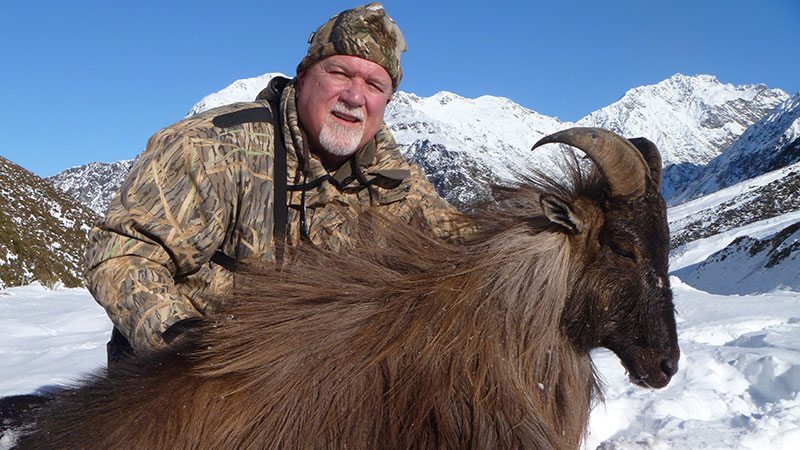
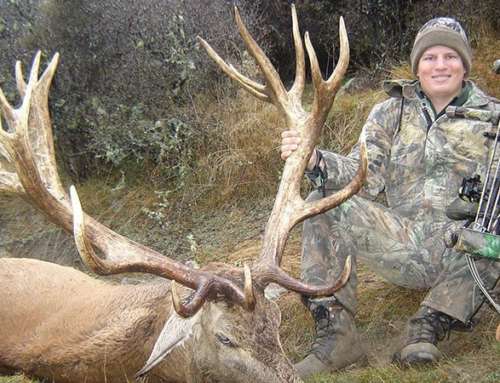
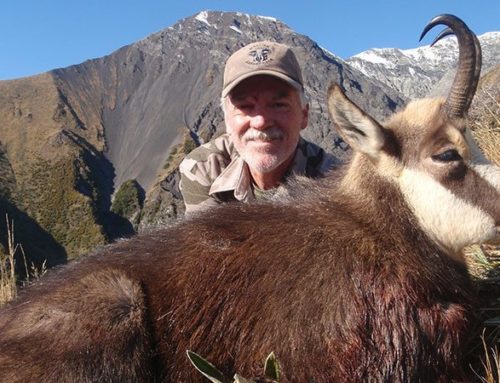
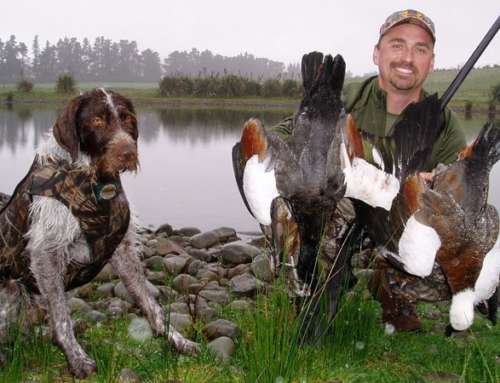
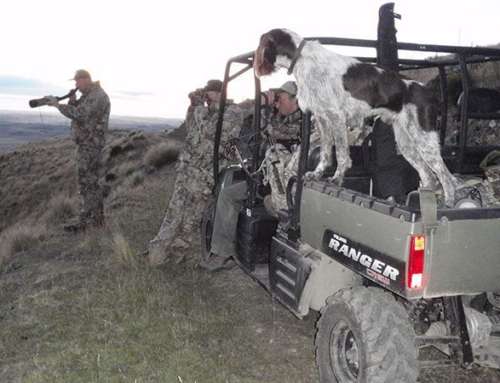
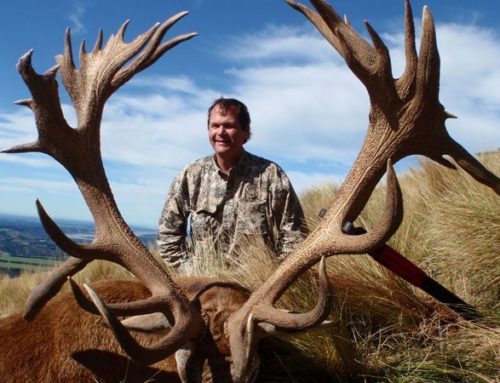
Leave A Comment